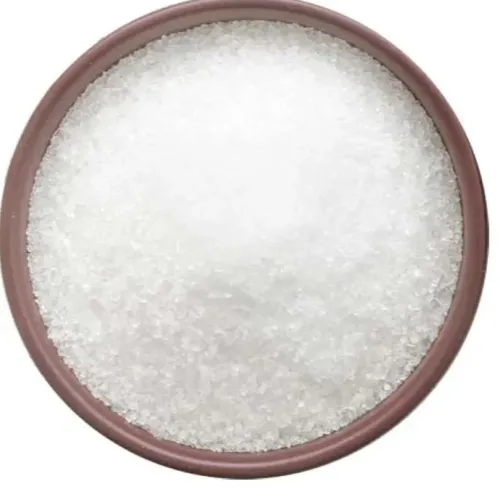Warning: Undefined array key "title" in /home/www/wwwroot/HTML/www.exportstart.com/wp-content/themes/1198/header.php on line 6
Warning: Undefined array key "file" in /home/www/wwwroot/HTML/www.exportstart.com/wp-content/themes/1198/header.php on line 7
Warning: Undefined array key "title" in /home/www/wwwroot/HTML/www.exportstart.com/wp-content/themes/1198/header.php on line 7
Warning: Undefined array key "title" in /home/www/wwwroot/HTML/www.exportstart.com/wp-content/themes/1198/header.php on line 7
- Afrikaans
- Albanian
- Amharic
- Arabic
- Armenian
- Azerbaijani
- Basque
- Belarusian
- Bengali
- Bosnian
- Bulgarian
- Catalan
- Cebuano
- China
- China (Taiwan)
- Corsican
- Croatian
- Czech
- Danish
- Dutch
- English
- Esperanto
- Estonian
- Finnish
- French
- Frisian
- Galician
- Georgian
- German
- Greek
- Gujarati
- Haitian Creole
- hausa
- hawaiian
- Hebrew
- Hindi
- Miao
- Hungarian
- Icelandic
- igbo
- Indonesian
- irish
- Italian
- Japanese
- Javanese
- Kannada
- kazakh
- Khmer
- Rwandese
- Korean
- Kurdish
- Kyrgyz
- Lao
- Latin
- Latvian
- Lithuanian
- Luxembourgish
- Macedonian
- Malgashi
- Malay
- Malayalam
- Maltese
- Maori
- Marathi
- Mongolian
- Myanmar
- Nepali
- Norwegian
- Norwegian
- Occitan
- Pashto
- Persian
- Polish
- Portuguese
- Punjabi
- Romanian
- Russian
- Samoan
- Scottish Gaelic
- Serbian
- Sesotho
- Shona
- Sindhi
- Sinhala
- Slovak
- Slovenian
- Somali
- Spanish
- Sundanese
- Swahili
- Swedish
- Tagalog
- Tajik
- Tamil
- Tatar
- Telugu
- Thai
- Turkish
- Turkmen
- Ukrainian
- Urdu
- Uighur
- Uzbek
- Vietnamese
- Welsh
- Bantu
- Yiddish
- Yoruba
- Zulu
Out . 31, 2024 15:12 Back to list
Understanding Xylitol Composition and Its Natural Sources
Xylitol is a naturally occurring sugar alcohol that is widely used as a sugar substitute in various food products and dental care items. Its sweetness is comparable to that of sugar, but it has fewer calories, making it an appealing option for those seeking to reduce their sugar intake. But what is xylitol made from, and how is it produced?
.
Once the xylose is obtained, it undergoes hydrogenation – a chemical reaction that adds hydrogen to the molecule. This process is essential for converting xylose into xylitol. The hydrogenation is usually facilitated by using a catalyst, such as nickel or platinum, and takes place under controlled temperature and pressure conditions. This step not only increases the sweetness of the product but also gives xylitol its unique properties as a sugar substitute.
xylitol what is it made from

One of the notable aspects of xylitol is that it is not only favored for its sweetness but also for its dental benefits. Unlike regular sugar, which can contribute to tooth decay, xylitol has been shown to inhibit the growth of bacteria that cause cavities. This property has made xylitol a popular ingredient in sugar-free gums, mints, and oral care products.
In summary, xylitol is made from natural plant materials, primarily the bark of birch trees, and through a series of chemical processes, including hydrolysis and hydrogenation, it is transformed into a sugar substitute. Its unique characteristics make it a preferred choice for many consumers looking to enjoy sweetness without the drawbacks of traditional sugar. As awareness grows around health and wellness, the usage of xylitol in food and dental products is likely to continue expanding, offering a versatile solution for those mindful of their sugar consumption.
Latest news
-
Certifications for Vegetarian and Xanthan Gum Vegetarian
NewsJun.17,2025
-
Sustainability Trends Reshaping the SLES N70 Market
NewsJun.17,2025
-
Propylene Glycol Use in Vaccines: Balancing Function and Perception
NewsJun.17,2025
-
Petroleum Jelly in Skincare: Balancing Benefits and Backlash
NewsJun.17,2025
-
Energy Price Volatility and Ripple Effect on Caprolactam Markets
NewsJun.17,2025
-
Spectroscopic Techniques for Adipic Acid Molecular Weight
NewsJun.17,2025

